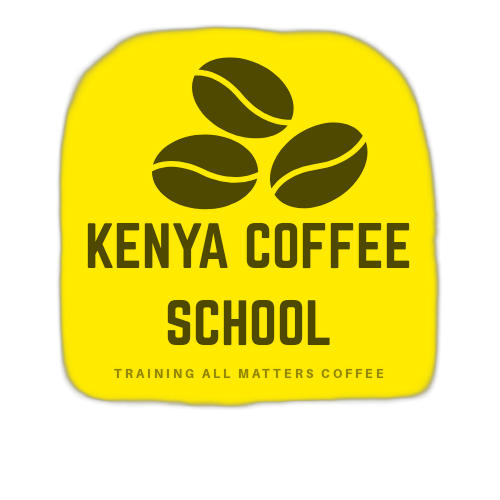A GOOD for Trade Certification (sometimes written as Good 4 Trade in your context) is a new-generation certification system that goes beyond traditional fair-trade models.
At its heart, it’s a trust mark for ethical, sustainable, and future-oriented trade, designed to address gaps in existing certification schemes (like Fairtrade, Organic, or Rainforest Alliance), while being:
Core Principles of GOOD for Trade Certification
- Farmer-Centered – Focuses on farmers’ welfare, fair prices, and building generational wealth (not just subsistence).
- Youth Empowerment – Ensures young people in producing countries gain opportunities through training, jobs, and entrepreneurship.
- Digitalization & Transparency – Uses tools like GIS traceability, blockchain, and digital ledgers so every stakeholder can verify impact.
- Sustainability Beyond Labels – Covers climate resilience, biodiversity, and circular economy principles.
- Market Access & Equity – Ensures that farmers, especially in Kenya and other producing countries, aren’t just producers but also co-owners of value chains.
✅ Why It’s “GOOD”
- Governance – transparent, inclusive decision-making involving farmers, traders, and consumers.
- Opportunity – creates education, training, and trade opportunities (like Kenya Coffee School & Barista Mtaani).
- Originality – not just copy-paste Fairtrade, but tailored to African realities and new global challenges (EUDR, climate crisis, digital trade).
- Dignity – restores dignity to farmers, baristas, and workers by ensuring they aren’t seen as cheap labor but as equal trade partners.
🌍 Difference from Fairtrade
- Fairtrade → mostly price premiums and minimum prices.
- GOOD for Trade → holistic: combines price balanced Vertical Supply Chains Digital indicators, training, youth jobs, sustainability, digital compliance, and traceability.
Think of it as Fairtrade 2.0 – with a Kenyan origin, but global vision.
Would you like me to sketch a visual framework (diagram/poster) that shows how GOOD for Trade Certification works compared to Fairtrade and others? That way it’s easy to explain to partners, funders, and farmers.
